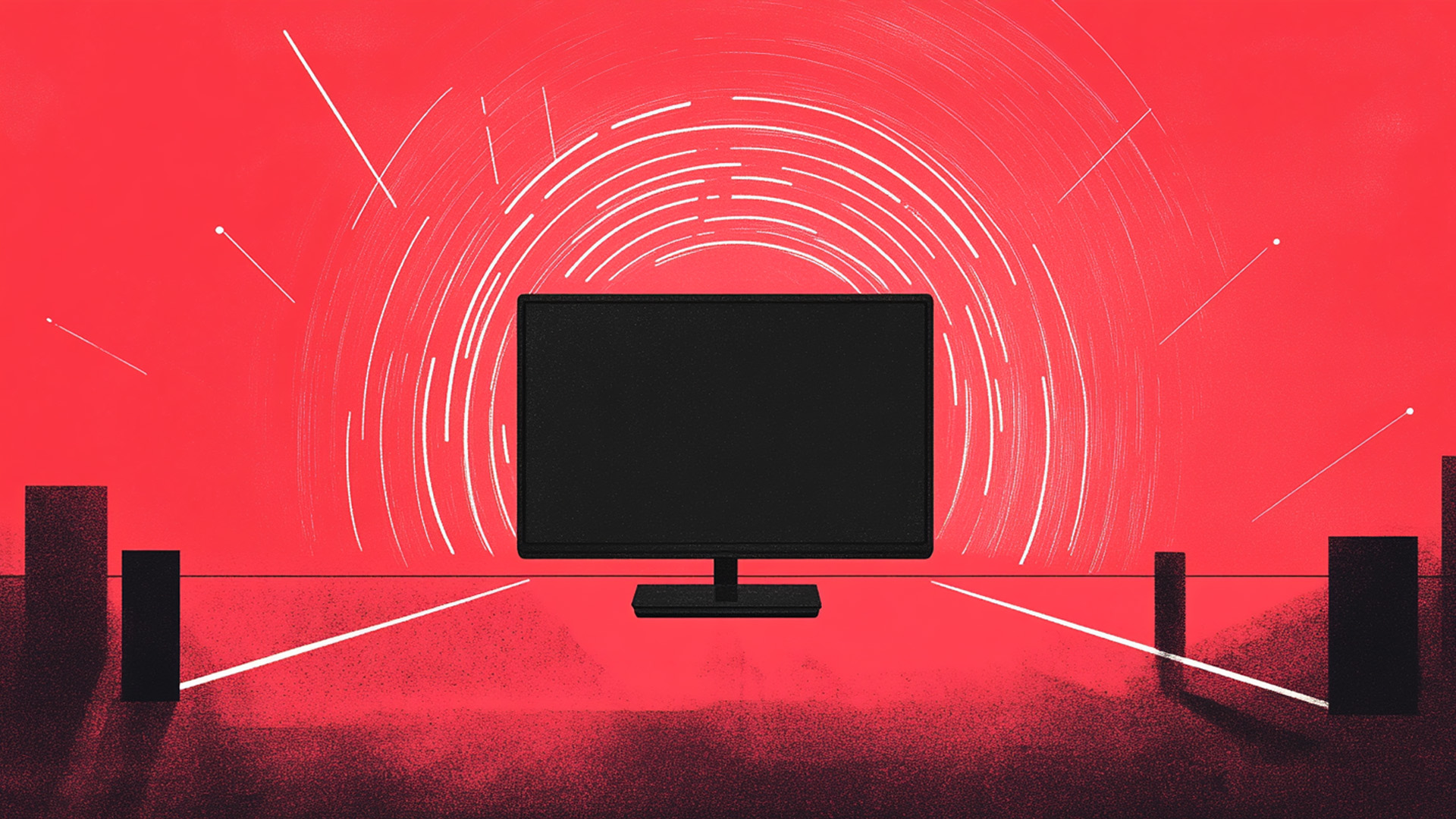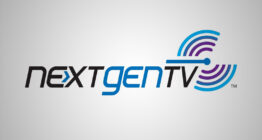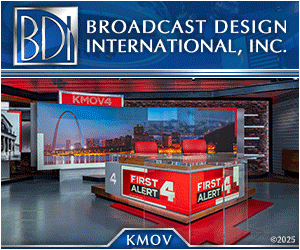Broadcast industry urges clear regulatory path for ATSC 3.0 transition

Subscribe to NCS for the latest news, project case studies and product announcements in broadcast technology, creative design and engineering delivered to your inbox.
The broadcast industry stands at a regulatory crossroads as the National Association of Broadcasters pushes the Federal Communications Commission to establish a firm timeline for phasing out the decades-old ATSC 1.0 standard in favor of NextGen TV technology.
The NAB petition, which proposes sunsetting ATSC 1.0 in major markets by 2028 with a complete transition by 2030, has sparked varied reactions from broadcasters, technology vendors and industry organizations.
“Honestly, I think many things are up in the air right now,” said Ed Czarnecki, VP of government affairs at Digital Alert Systems. “We’re in a time of enormous transition here in the Washington, D.C. area, in the regulatory and political space.”
The petition comes as broadcast technology vendors and station groups have already established NextGen TV service in markets reaching approximately 76% of U.S. households, despite regulatory limitations that many say hamper innovation.
Industry push for regulatory certainty
Broadcast executives express optimism that the new FCC leadership will provide the regulatory framework needed to accelerate the transition.
“The NAB has made an ambitious proposal that I hope is taken seriously to sunset ATSC 1.0 in favor of ATSC 3.0 in major markets in approximately five years by 2028,” Czarnecki said. “That likely has been offered as the initiation of a major conversation.”
Rob Folliard, SVP of government relations and distribution at Gray Media, emphasized the need for regulatory clarity: “I think the FCC is going to be extremely pro-innovation and giving broadcasters the flexibility to launch in more markets, setting a hard date for a transition.”
While the Consumer Technology Association has criticized NAB’s proposal — particularly the call for mandated ATSC 3.0 tuners in all new television sets — broadcast vendors see regulatory action as essential for market growth.
“It’s complex in the sense that it’s bringing an integrated IP broadcast signal to devices that need a new infrastructure on the device to receive it,” said Anne Schelle, managing director of Pearl TV, which has coordinated NextGen TV development across multiple broadcast groups.
“That takes time… we’re on that curve of what’s typical for any device to get the supply chain going and adopting the technology,” said Schelle. “Regarding the arc, we’re ahead of the curve. It just takes time. And so scale is where things take off, and a component on the scale is having a favorable regulatory environment where there’s certainty regarding a transition.”
Vendor perspectives on regulatory hurdles
Technology vendors working with broadcasters to implement ATSC 3.0 point to specific regulatory limitations slowing adoption.
“Relying on lighthouse stations is one challenge,” said Czarnecki, referring to the current arrangement where one station in a market broadcasts in ATSC 3.0 while others share its signal.
“If one station is providing ATSC 3.0 and everybody else is riding on that with a simulcast requirement, that really does not provide a whole lot of room for innovation,” he said.
Mary Crebassa, VP of major accounts at LTN, which has helped deploy ATSC 3.0 in 69 markets, noted that smaller broadcasters face financial barriers that could be addressed through regulatory action.
“We’re hoping, with our fingers crossed, that the new administration will give us some guidance on when we need to cut over to ATSC 3.0,” Crebassa said. “Will they subsidize the broadcasters for doing this, just like when we went from analog to digital, the government did subsidize some of it?”
For technology providers like Digital Alert Systems, which supplies emergency alerting equipment to 80-90% of U.S. television stations, current regulations have limited the deployment of advanced alerting capabilities.
“To go to ATSC 3.0, you don’t have to change our equipment,” Czarnecki explained. “If you want to do advanced emergency information, the software is already on all these devices. It just has to be enabled.”
Need for industry coordination
As the FCC weighs regulatory changes, industry leaders emphasize the necessity of coordinated action across broadcasters, technology vendors and consumer electronics manufacturers.
“One thing I think that could greatly enhance the ATSC 3.0 project conservation is greater coordination across these various voices,” Czarnecki said. “Though they may have different business cases, different priorities for ATSC 3.0, there needs to be a greater common agenda.”
Schelle noted that past coordination has already produced significant technical progress.
“There’s a lot of coordination and collaboration that’s been occurring amongst the ecosystem of players for six years now,” Schelle said.
This collaboration has included interoperability testing between vendors and receiver manufacturers, which Folliard described as “tremendous learning opportunities.”
“We hosted a bunch of manufacturers at our low power facility in Tallahassee where we could work with them, see what was working, tested on every different TV to see how the encoders worked,” he said. “Sinclair has done a lot of that great work, too, with hosting these interops where you just get all the engineers together in a room, and you just start seeing what works.”
Balancing innovation and regulation
The regulatory discussion highlights the tension between voluntary market-driven approaches and government mandates.
“It’s a fascinating dynamic,” Czarnecki observed. “We’ve got a pro-innovation and anti-regulatory administration, but now we’re asking for more regulation to free up innovation.”
For Gray Television’s Folliard, the case for regulatory action is clear.
“If we are still broadcasting in ATSC 1.0 in five, 10 years, then we’ve got some issues, because our technology was developed in the late 80s. We need to modernize for the IP era that we’ve been in for the last 20 years,” said Folliard.
“I’m excited about this year because we’ve got a favorable administration that will make some noise about a transition. And I think that’s really going to sort of put a lot of fuel into the rocket ship,” said Schelle.
As the FCC considers the NAB petition, broadcast industry stakeholders await decisions that could finally provide the regulatory framework needed to complete television’s digital transformation.
Subscribe to NCS for the latest news, project case studies and product announcements in broadcast technology, creative design and engineering delivered to your inbox.







tags
Anne Schelle, ATSC, Digital Alert Systems, Ed Czarnecki, FCC, Gray Media, Gray Television, LTN, Mary Crebassa, NAB, NextGen TV ATSC 3.0, Pearl TV, Rob Folliard
categories
Broadcast Engineering, Broadcast Equipment, Broadcast Facility Technology, Broadcast Industry News, Heroes, NextGen TV, Policy